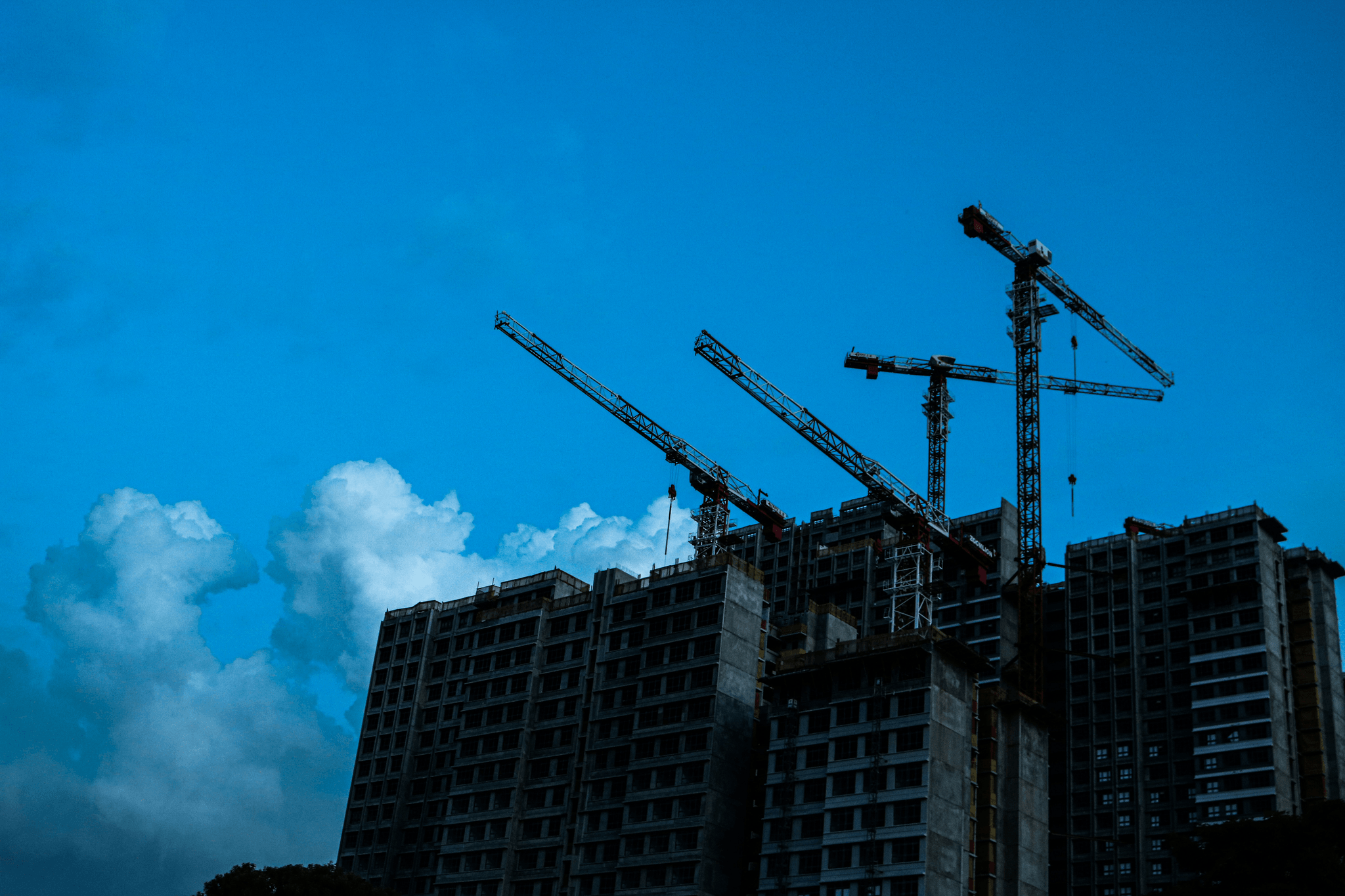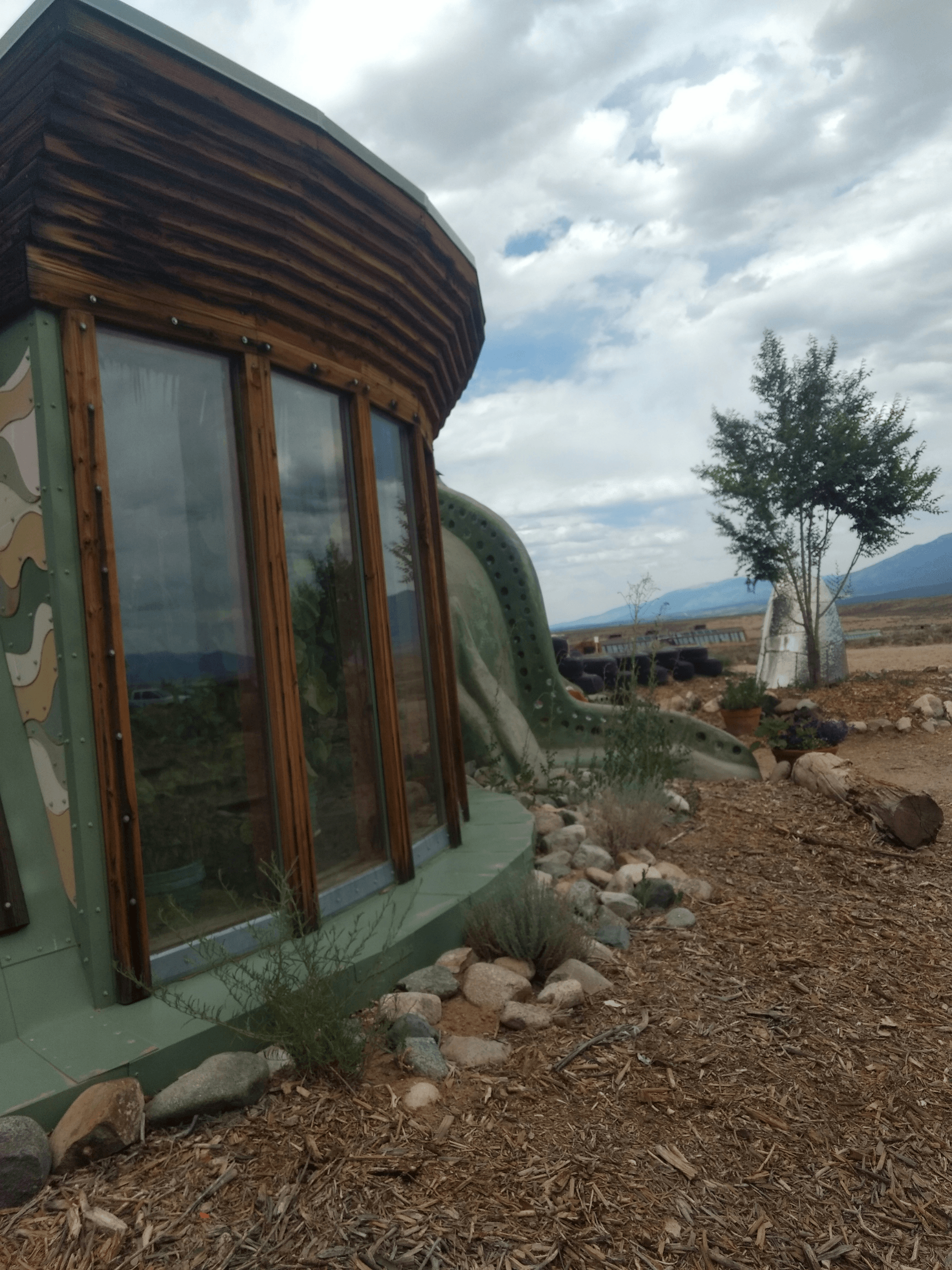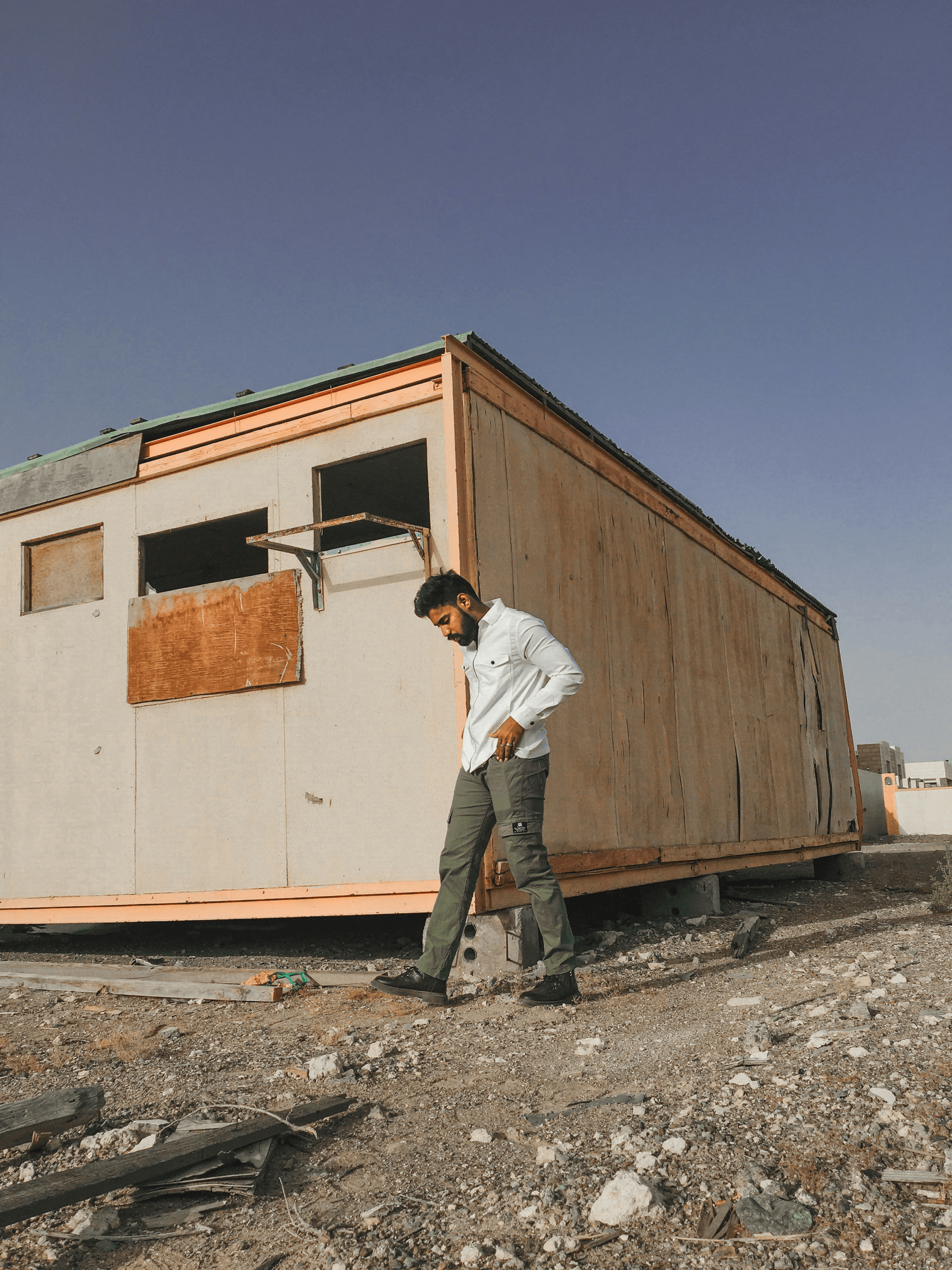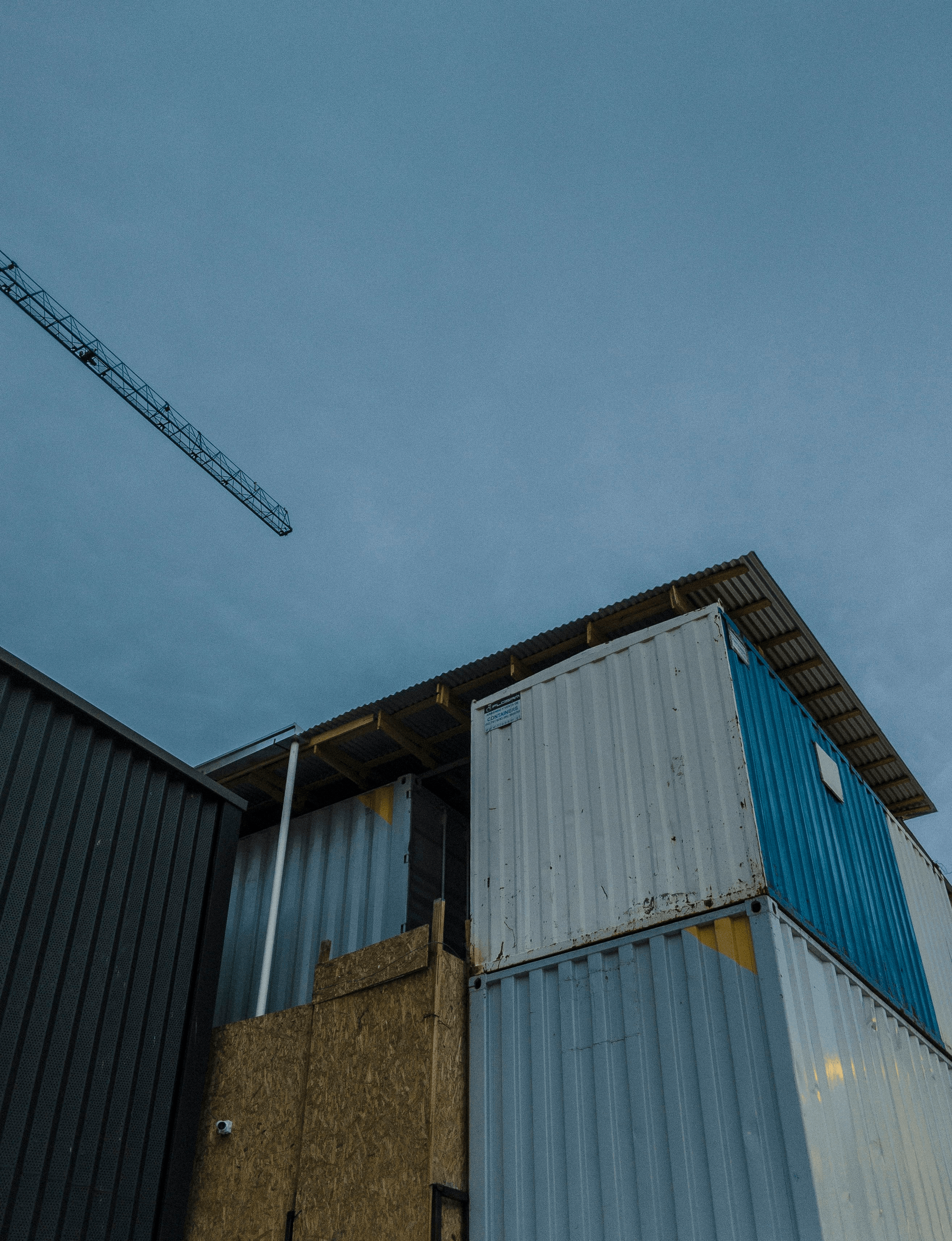Introduction
In recent years, the construction industry has witnessed a transformative shift with the rise of modular construction. This innovative approach not only streamlines the building process but also introduces a myriad of advantages that traditional methods simply can’t match. As more companies, including PreFab Inc., embrace this trend, it's essential to understand what makes modular construction so special and to dispel some common misconceptions that may linger in the minds of potential clients.
The Rise of Modular Construction
Modular construction has gained significant traction due to its ability to deliver projects faster and more efficiently than conventional building techniques. With advancements in technology and manufacturing processes, companies have begun to recognize the advantages of modular construction, leading to increased adoption across various sectors. This burgeoning popularity is not just a fad; it represents a fundamental change in how we think about building structures.
What Makes Modular Construction Special
What sets modular construction apart is its unique combination of speed, cost-effectiveness, and design flexibility. By utilizing offsite fabrication techniques, builders can create components in controlled environments before assembling them on-site, resulting in a more efficient workflow. Moreover, this method allows for greater customization options for homeowners without sacrificing quality—truly showcasing the advantages of modular construction.
Common Misconceptions About Modular Construction
Despite its growing popularity, several misconceptions about modular construction persist. Many people still equate it with low-quality or temporary housing solutions; however, this couldn’t be further from the truth. In reality, modern modular builds offer durability and aesthetic appeal comparable to traditional homes while delivering all the advantages of modular construction that savvy buyers are increasingly seeking.
Speedy Project Completion

In the fast-paced world of construction, the advantages of modular construction shine brightly, particularly when it comes to project completion times. Traditional building methods can often drag on for months or even years, hampered by weather delays and on-site complications. In contrast, modular construction leverages offsite techniques that streamline processes and significantly reduce overall build times.
Faster Build Times Compared to Traditional Methods
One of the standout advantages of modular construction is its ability to deliver projects at lightning speed compared to traditional methods. With modular buildings, multiple aspects of the project can be constructed simultaneously—while site preparation occurs, modules are being built in a factory setting. This parallel approach often results in a complete structure ready for occupancy in a fraction of the time it would take with conventional building practices.
Offsite Fabrication and Its Efficiency
Offsite fabrication is a game-changer that enhances efficiency in modular construction. By producing modules in a controlled factory environment, builders can minimize delays related to weather and site conditions—key pain points in traditional construction. This method not only speeds up production but also allows for better quality control and reduces labor costs, making it one of the most compelling advantages of modular construction.
Real-World Examples of Quick Modular Projects
The benefits become even clearer when looking at real-world examples showcasing quick modular projects completed by companies like PreFab Inc. For instance, consider a school built using modular techniques that went from groundbreaking to grand opening in just six months—a feat nearly impossible with traditional methods! Such success stories highlight how organizations are capitalizing on the advantages of modular construction to meet urgent needs while maintaining high standards.
Cost Savings and Budget Management

When it comes to the advantages of modular construction, cost savings and effective budget management stand out as major benefits. The innovative approach of modular building not only streamlines the construction process but also reduces overall expenses. With PreFab Inc., clients can experience a significant decrease in costs without compromising on quality or design.
Lower Construction Costs Explained
One of the most compelling advantages of modular construction is the lower overall costs associated with it. Traditional building methods often involve unexpected delays and on-site labor inefficiencies that can inflate budgets, whereas modular construction minimizes these risks by utilizing offsite fabrication. By producing components in a controlled environment, PreFab Inc. can pass on savings to clients, making projects more affordable without sacrificing quality.
Furthermore, the use of advanced technology and standardized processes in modular construction leads to reduced material waste and lower labor costs. This efficiency translates into a streamlined workflow that ultimately results in significant financial benefits for homeowners and developers alike. In essence, choosing modular means embracing smart spending while enjoying all the advantages of modular construction.
Predictable Budgeting with Modular Methods
Budgeting for a construction project can often feel like navigating a minefield; however, one of the key advantages of modular construction is its predictable budgeting capabilities. With PreFab Inc., clients receive detailed estimates upfront that account for all aspects of their project, minimizing unexpected expenses down the line. This transparency allows homeowners to plan their finances with confidence, avoiding those dreaded surprise costs that often plague traditional builds.
Moreover, because much of the work is conducted offsite and under controlled conditions, project timelines are more reliable—leading to fewer delays that could impact budgets negatively. This predictability not only enhances client satisfaction but also fosters stronger relationships between builders and homeowners as expectations are clearly set from day one. With fixed pricing structures common in modular projects, clients can enjoy peace of mind knowing their budget won’t spiral out of control.
Case Studies: Cost-Effective Modular Builds
To illustrate the cost-saving potential inherent in modular construction methods, let’s take a look at some real-world examples where PreFab Inc.’s solutions have made waves in budget management. One notable case involved a community housing project where traditional building methods were projected to exceed $2 million due to unforeseen complications—however, by opting for modular designs instead, costs were slashed by nearly 30%. The result was not just financial savings but also quicker occupancy for residents who desperately needed homes.
Another example showcases an educational facility built using PreFab Inc.'s innovative techniques; this project came in significantly under budget thanks to efficient planning and execution that capitalized on factory production capabilities rather than relying solely on site-based labor forces. These success stories highlight how choosing modular doesn’t just save money—it creates opportunities for reinvestment into further development or enhancements within communities.
In conclusion, when considering all these elements together—the lower costs explained through efficient methods, predictable budgeting practices tailored for client needs, and inspiring case studies—the advantages of modular construction become undeniable! As we look forward to what’s next in this exciting industry transformation led by companies like PreFab Inc., it's clear that smart choices today yield substantial rewards tomorrow!
Design Flexibility and Customization

One of the standout advantages of modular construction is its remarkable design flexibility and customization options. Unlike traditional building methods that often adhere to rigid designs, modular construction allows for innovative architectural solutions that can adapt to various needs and preferences. This adaptability not only enhances aesthetic appeal but also meets the specific requirements of diverse projects, making it a favorite among developers and homeowners alike.
Innovative Designs in Modular Construction
The realm of modular construction has witnessed an explosion of innovative designs that push the boundaries of what’s possible. Architects and designers are increasingly embracing modular techniques to create striking structures that blend functionality with creativity. With the advantages of modular construction, builders can experiment with unique shapes, materials, and layouts without compromising structural integrity or safety.
Moreover, these innovative designs often incorporate modern technology to enhance energy efficiency and sustainability. For instance, many modular buildings feature smart home technologies seamlessly integrated into their design from the outset. This forward-thinking approach not only meets contemporary demands but also sets a new standard for future constructions.
Personalization Options for Homeowners
When it comes to personalizing their living spaces, homeowners find a treasure trove of options within the modular construction framework. The advantages of modular construction extend beyond just speed and cost; they also empower individuals to tailor their homes according to their tastes and lifestyles. From choosing floor plans to selecting finishes like countertops or flooring materials, homeowners have significant input in creating their ideal sanctuary.
Additionally, many companies like PreFab Inc. offer customizable features such as room configurations or eco-friendly upgrades that resonate with environmentally conscious buyers. This level of personalization ensures that each project reflects the unique character of its inhabitants while maintaining efficiency in both design and build processes.
Success Stories of Unique Modular Projects
The success stories emerging from the world of modular construction are nothing short of inspiring, showcasing how creativity flourishes when paired with innovation. One notable example is a stunning multi-family housing project completed by PreFab Inc., which utilized vibrant colors and unconventional shapes to create an inviting community atmosphere while maximizing space efficiency—truly highlighting the advantages of modular construction.
Another remarkable case involved a custom-built vacation home nestled in nature that was designed using sustainable materials while still allowing for ample natural light and breathtaking views. These success stories illustrate how modern technology combined with creative thinking can lead to extraordinary results in modular projects—proof positive that when you think outside the box (or module), anything is possible!
Sustainability and Environmental Impact
In today's world, sustainability is more than just a buzzword; it's a necessity. The advantages of modular construction include not only efficiency and cost-effectiveness but also a significant reduction in environmental impact. By focusing on eco-friendly practices, modular construction paves the way for greener building solutions that are both innovative and responsible.
Eco-Friendly Materials and Practices
One of the standout features of modular construction is its commitment to using eco-friendly materials. Many companies, including PreFab Inc., prioritize sustainable resources such as reclaimed wood, recycled steel, and low-VOC (volatile organic compounds) paints that minimize harmful emissions. These choices not only enhance the aesthetic appeal of buildings but also contribute to healthier living environments for occupants.
Moreover, modular construction often incorporates energy-efficient technologies right from the design phase. This means homes can be equipped with high-performance insulation, solar panels, and energy-efficient appliances before they even reach the site. The advantages of modular construction extend beyond just aesthetics; they play a crucial role in reducing long-term energy consumption and lowering utility bills for homeowners.
Reduced Waste in Modular Construction
Another significant advantage of modular construction is its ability to drastically reduce waste during the building process. Traditional construction methods often lead to excess materials being discarded on-site due to inaccurate measurements or changes in design during the build. However, with offsite fabrication techniques used by companies like PreFab Inc., materials are cut and assembled in controlled environments where precision is prioritized.
This streamlined approach results in less scrap material ending up in landfills—a win-win for both builders and the environment! Additionally, because components are built offsite, transportation logistics can be optimized to minimize fuel consumption and associated emissions further enhancing the sustainability profile of these projects. By embracing these practices, modular construction champions one of its key advantages: an environmentally friendly approach that aligns with modern ecological values.
Examples of Green Modular Developments
The trend towards green modular developments is gaining traction worldwide as more builders recognize their potential benefits. For instance, projects like The Green House have showcased how modular techniques can create stunning residences while adhering to stringent sustainability guidelines. These homes utilize renewable energy sources combined with smart technology for efficient resource management—truly embodying the advantages of modular construction.
Another notable example is PreFab Inc.'s partnership with local governments to develop affordable housing units that meet LEED (Leadership in Energy and Environmental Design) certification standards. These units not only provide shelter but also exemplify how sustainable practices can be integrated into affordable housing solutions without compromising quality or comfort.
As we look toward future developments within this sector, it’s clear that green initiatives will continue shaping how we build our communities sustainably while harnessing all the advantages that modular construction has to offer.
Enhanced Quality Control

One of the standout advantages of modular construction lies in its enhanced quality control measures. Unlike traditional building methods, where factors like weather and site conditions can compromise quality, modular construction is primarily conducted in controlled factory environments. This allows for consistent oversight throughout the assembly process, ensuring that every component meets high standards before it even reaches the job site.
Factory-Based Quality Assurance Processes
In a factory setting, quality assurance processes are meticulously planned and executed at every stage of production. PreFab Inc. employs a series of inspections and tests that occur during the manufacturing process to catch any potential issues early on. This systematic approach not only minimizes errors but also ensures that each modular unit is built to last—one of the key advantages of modular construction.
Real-Life Benefits of Controlled Environments
The benefits of a controlled environment extend beyond mere oversight; they also enhance efficiency and reduce delays caused by unforeseen circumstances like rain or snow. When building indoors, workers can focus on their tasks without worrying about external disruptions, leading to faster completion times and less stress overall. Additionally, this consistency boosts worker morale and productivity—yet another advantage of modular construction that sets it apart from conventional methods.
Case Examples of High-Quality Modular Builds
Several successful projects showcase the high-quality outcomes achievable through modular construction practices. For instance, a recent multifamily housing project completed by PreFab Inc. demonstrated exceptional craftsmanship with minimal defects reported after installation—a testament to rigorous quality control measures in action. Another notable example includes a commercial office space that was not only completed ahead of schedule but also received accolades for its superior build quality—further illustrating the many advantages of modular construction.
Conclusion

In wrapping up our exploration of modular construction, it’s clear that this innovative building approach offers numerous advantages that traditional methods simply can’t match. From speed and cost savings to design flexibility and sustainability, the benefits of modular construction are compelling for both developers and homeowners alike. As we look ahead, it’s evident that this method is not just a passing trend but a transformative force in the construction industry.
Key Takeaways on Modular Construction Advantages
The advantages of modular construction are manifold, starting with significantly faster build times compared to conventional techniques. Offsite fabrication allows for parallel workflows—while one part of the project is being built in a factory, site preparation can occur simultaneously, leading to quicker completion dates. Additionally, the predictable budgeting associated with modular projects means clients can plan more effectively without the unexpected financial surprises often seen in traditional builds.
Why PreFab Inc. Stands Out in Modular Solutions
When it comes to leveraging the advantages of modular construction, PreFab Inc. truly leads the charge with our commitment to quality and innovation. Our team understands that every project is unique; thus, we offer customizable solutions tailored to meet specific needs while maintaining cost-effectiveness and efficiency. With years of experience under our belt and a portfolio filled with successful projects, we stand out as your go-to partner for all things modular.
The Future of Modular Construction in the Industry
As technology continues to evolve and sustainability becomes increasingly important, the future of modular construction looks bright indeed. We expect more builders will embrace these advantages as they seek efficient solutions that align with environmental goals while also meeting consumer demand for affordable housing options. With companies like PreFab Inc., leading the way into this new era, it’s safe to say that modular construction will play a pivotal role in shaping how we build tomorrow.

